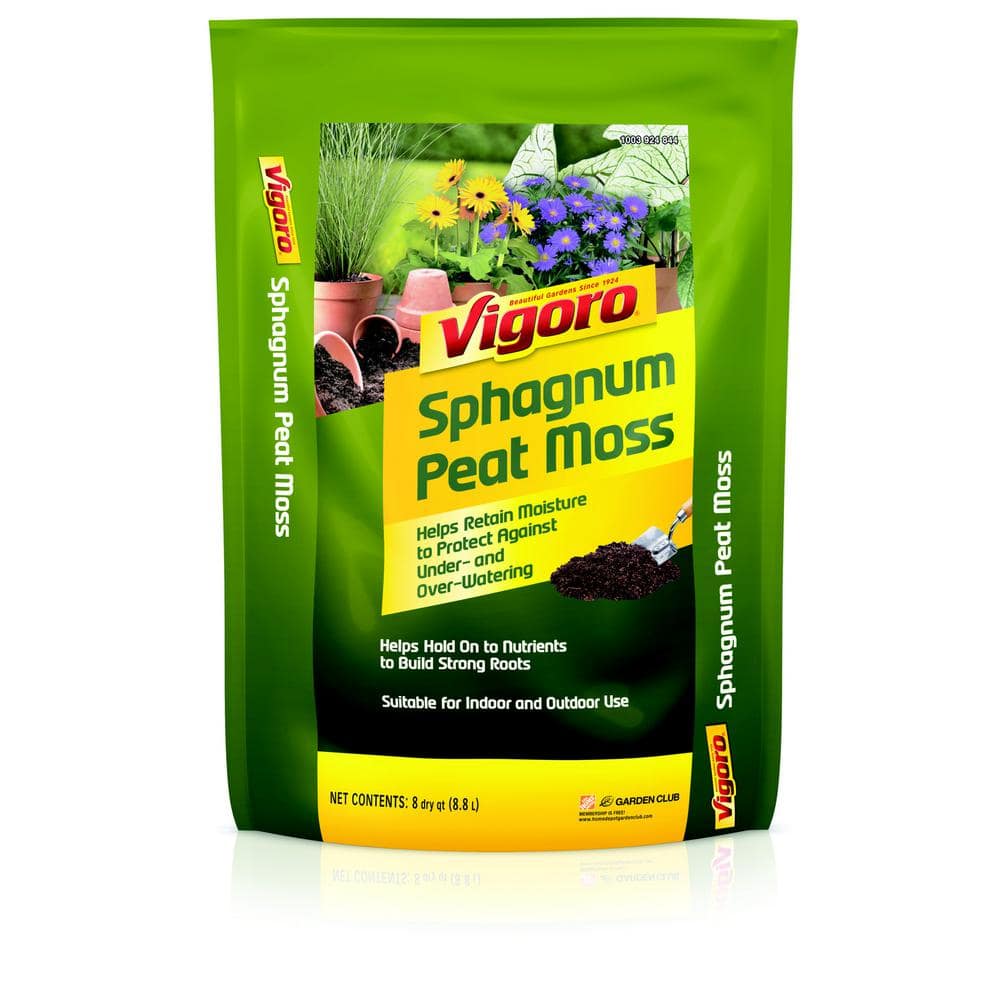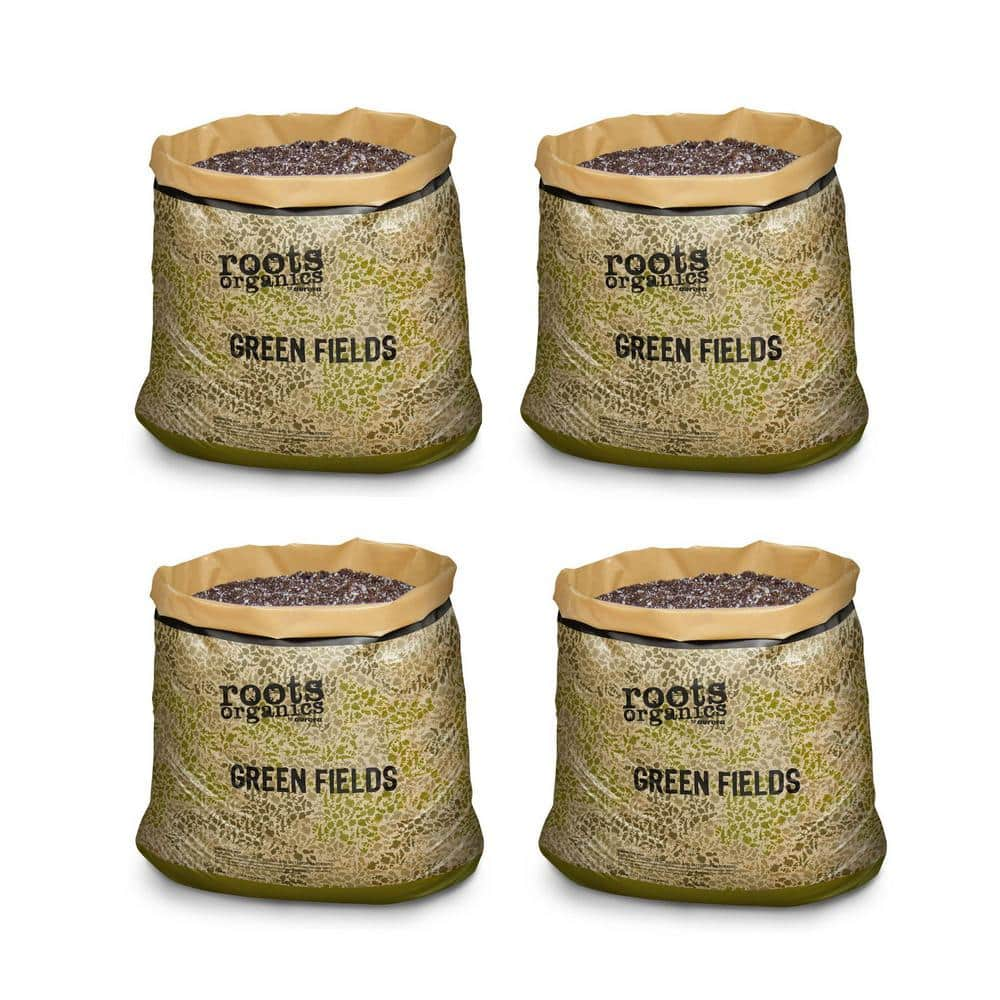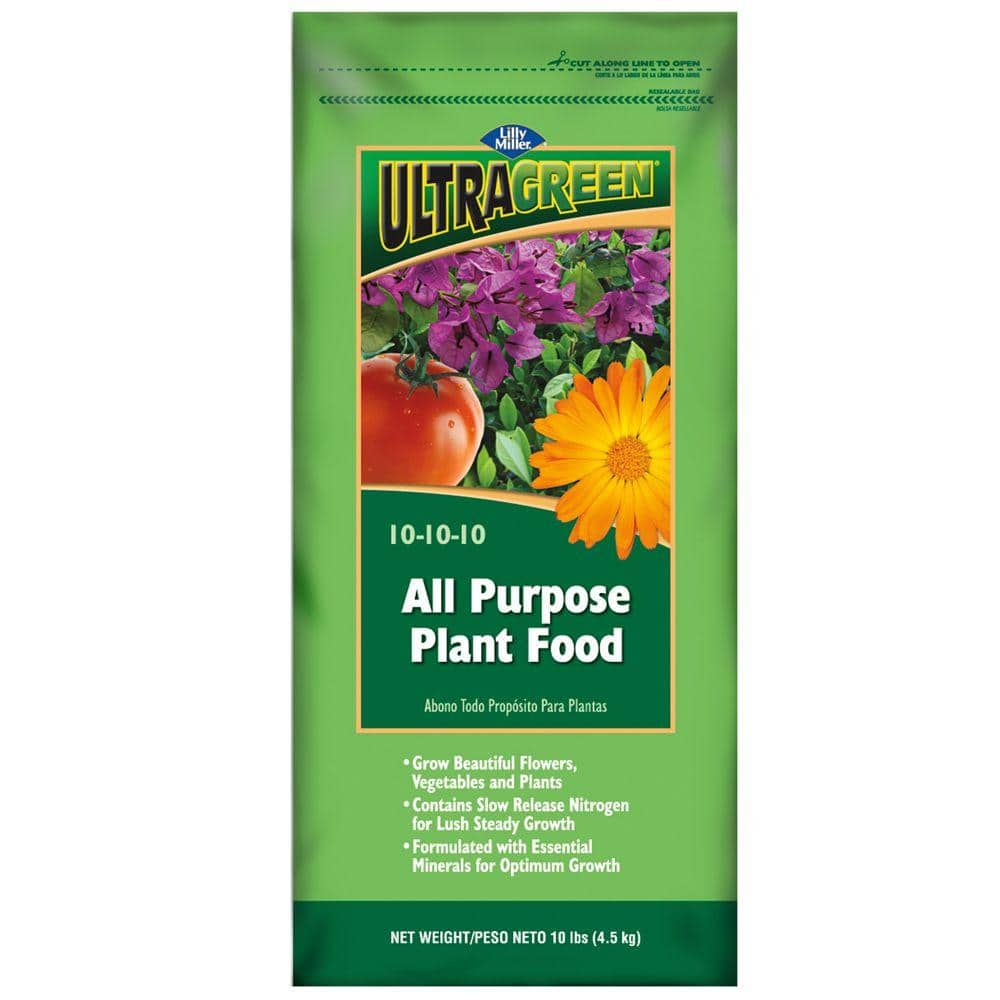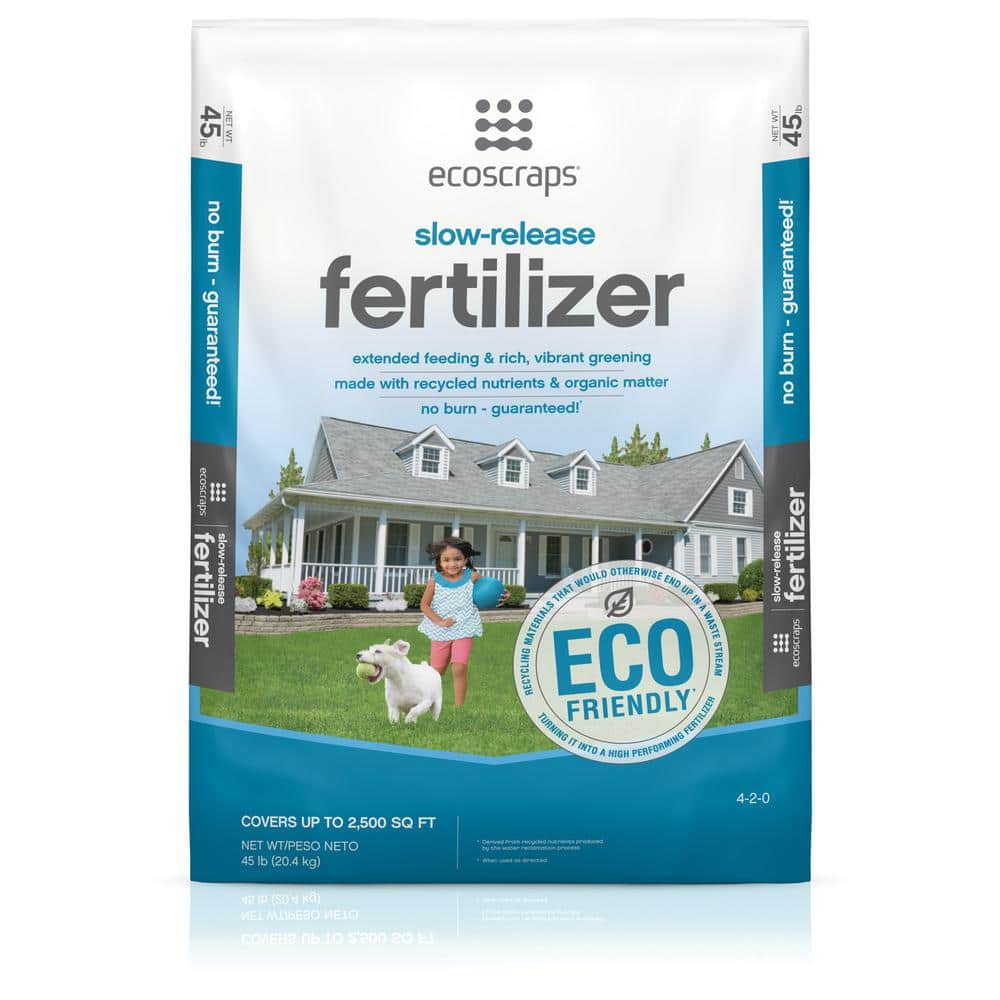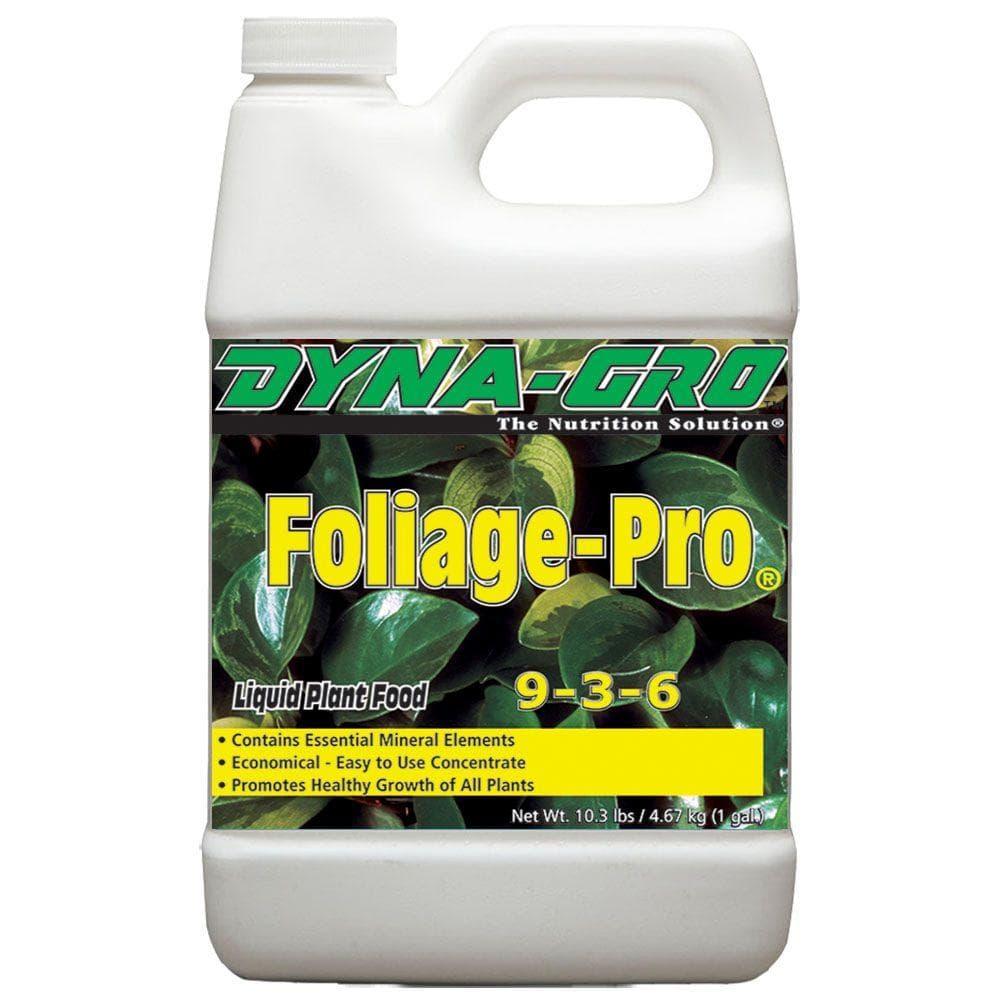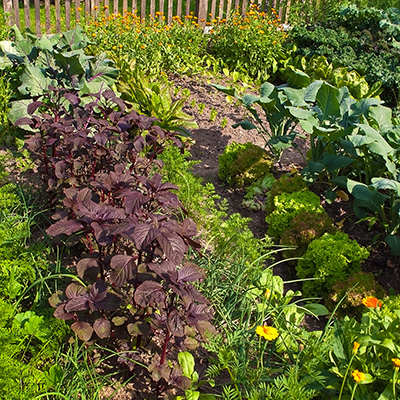How to Use Lime and Gypsum in a Lawn
Table of Contents
Understanding Lime and Gypsum
Lime and Gypsum Fertilizer Applications
Understanding Lime and Gypsum

Adding lime to soil raises the pH, which lowers the acidity. Gypsum helps correct compacted soil as well as counteracts excessive saline levels.
Do I Need Lime?
- The best way to determine whether your soil needs liming is to test its pH. Since the most fertile gardens and lawns are those with a proper pH balance, having your soil tested every few years is highly beneficial. You can purchase a soil test kit or contact your local Cooperative Extension Service for a low-cost test.
- In addition to the soil test, here's an informal way to test your soil: Pick up a handful of your soil and squeeze it. Clay soil will hold its shape and be hard to break apart. If the soil easily falls apart, then it's sandy. Good, loamy soil will hold its shape but crumble when you touch it. When you amend your soil, the goal is to create a loamy soil that holds moisture and drains well.
- The target pH level of turf grass is between 6.2 and 6.5, so if your soil has a lower pH, it will likely benefit from the addition of lime.
- Remember, though, too much lime can be as harmful to your lawn as too little, so always test the soil and read the instructions on the lime package before application.
Do I Need Gypsum?
- Soils in the southeastern U.S. tend to be clay. Applying
gypsum helps improve the structure of clay soils. To determine if your soil can benefit from gypsum, test saline amounts or simply observe if you are working with soil that is heavy with clay or hard to break up.
Tip: Lower soil acidity can help increase vegetable production in the garden and enhance the appearance of your lawn.
Lime and Gypsum Fertilizer Applications
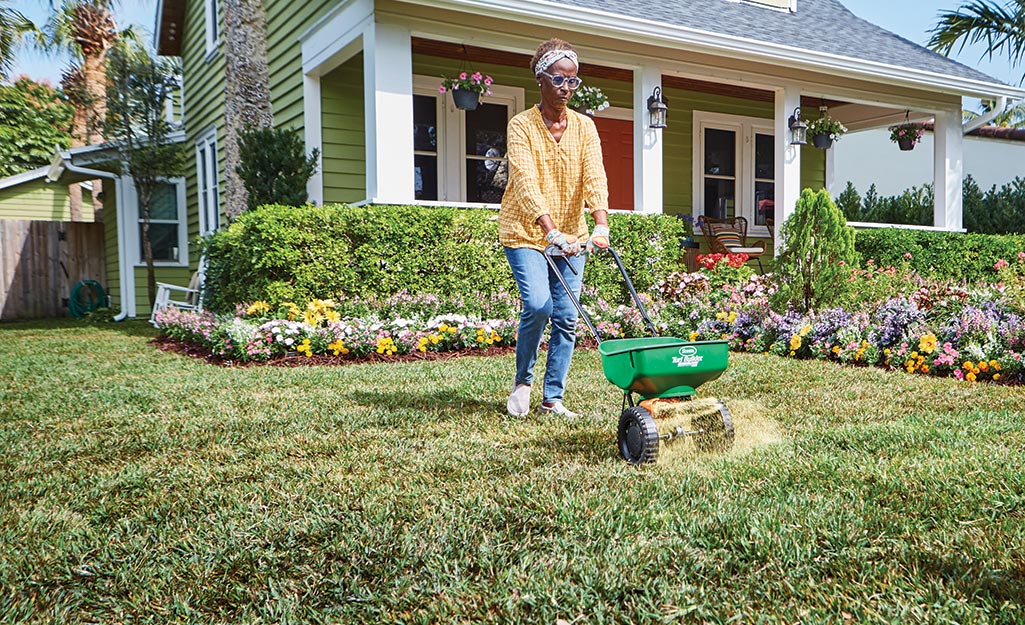
Lime and gypsum are easily applied using a drop spreader or broadcast spreader. As with all fertilizers, apply lime and gypsum as the label directs.
Both lime and gypsum are non-toxic. Since lime is insoluble, it tends to stay exactly where it is spread, so spreaders ensure uniform coverage. Gypsum does not change the pH of your soil, so you can use it around acid-loving plants such as rhododendrons, azaleas and blueberries to provide extra calcium.
Although best applied in the fall, lime can be applied at any time of the year.
- For even coverage, apply half the lime in one direction and the rest in a crisscross pattern.
- Apply lime and fertilizer at least two weeks apart to avoid damaging plants.
- Both lime and gypsum are easily applied using lawn spreaders.
- Lime can burn a lawn if misapplied, but gypsum will not.
When to apply gypsum:
Season:
- Any time of the year
Quantity:
- Established lawns: 40 to 50 lbs. per 1,000 sq. ft.
- New lawns with heavy clay: 300 lbs. per 1,000 sq. ft.
- Gardens: 20 to 30 lbs. per 100 sq. ft.
- Shrubs: 2 lbs. per shrub
- Evergreens: 2 to 3 lbs. per evergreen
Frequency:
- Twice per year
Application:
- You do not have to work gypsum into the soil – simply use a spreader to distribute it over the surface of your lawn or garden.
- For garden application, also mix in compost or organic matter.
- Water immediately after application.
When to Apply Lime:
Season:
- Fall, winter or early spring
Quantity:
- 20 to 30 lbs. dolomitic lime per 1,000 sq. ft.
Frequency:
- Every 3 to 5 years
Application:
- For new lawns, mix lime deeply into soil a day or two before planting or seeding.
- Use a spade to work the lime 6 inches into the soil.
- For existing lawns, distribute evenly over lawn or garden with a spreader.
- Water soil to encourage chemical reaction.
Whether you need the right planters, seeds or potting soil, The Home Depot delivers
online orders
when and where you need them. Save time with The Home Depot Mobile App.

